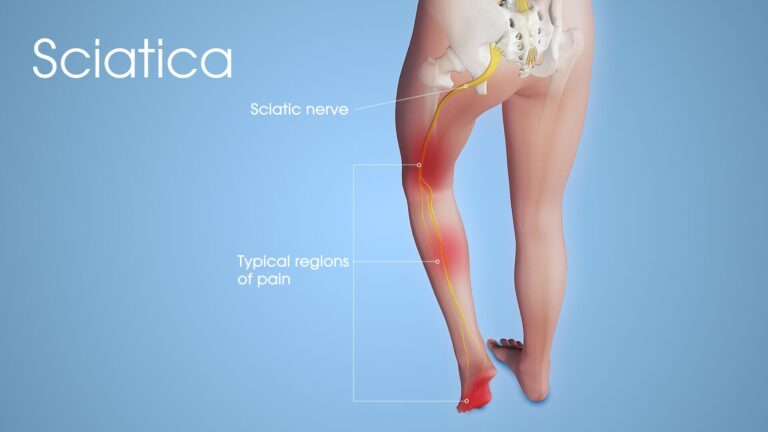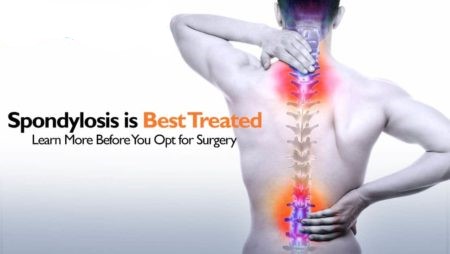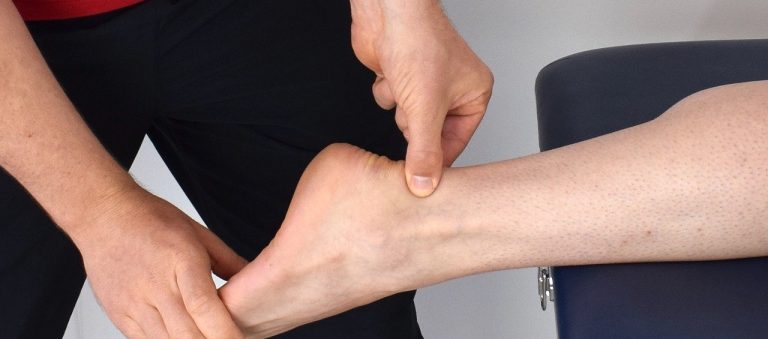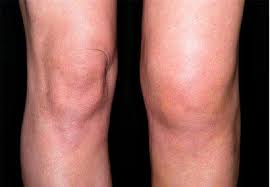Tendinopathy : Tendinosis
Tendinopathy, also called tendinosis, is a degeneration of the tendon’s collagen in response to chronic overuse i.e. when overuse is continued without giving the tendon time to heal and rest, such as with repetitive strain injury. Even tiny movements, such as clicking a mouse, can cause tendinosis, when done repeatedly. https://www.ncbi.nlm.nih.gov/pmc/articles/PMC3312643/
With tendinosis, the tendon degeneration consists of loss of normal collagen structure and cell abnormality, but no inflammatory cellular response. The degenerative tendon loses the parallel alignment of its collagen fibers and is therefore weaker and may be more vulnerable to injury.
The condition is caused by small tears that occur in the tendon tissue, which causes the number of tendon repair cells to increase. This can lead to a reduction in tensile strength which, in turn, increases the likelihood of the tendon rupturing.
Types of Tendinosis
Tendinosis can occur in many tendons throughout the body, particularly those around major joints. We often refer to them by their location or the specific tendon they affect:
-Tennis elbow – It specifically affects the tendons that connect the forearms muscles to the outside of the elbow. The condition is further aggravated as the muscle repetitively rubs against bony bumps of the elbow, causing wear and tear. In addition to elbow pain, weakness of the grip is also commonly seen.
-Jumper’s knee – (also known as patellar tendinosis) involves the tendon that starts on the kneecap and extends down the front of the knee to the tibial tubercle (the shin bone). Patellar tendinosis affects athletes and others whose knees are repetitively impacted by jumping or repetitive lifting.
-Achilles tendinosis – affects the tendon (called the calcaneal tendon) that connects the calf muscles to the heel bone. Achilles and calf tightness can contribute to the condition, particularly in older people, as muscle and connective tissue experience micro tears through everyday activities that cause the tendon to flex and retract (like walking or climbing stairs)
-Shoulder tendinosis – In most cases, the shoulder condition begins as tendonitis and turns into tendinosis when left untreated.
Tendinopathy: Tendinosis Risk factors
Who is at risk of developing tendinosis? Tendinosis is more common in people who are middle-aged or older since the tendons are more prone to injury. It can also occur in people:
–who exercise vigorously or play sports without enough rest in between
–who perform repetitive work tasks (like driving machinery)
–whose tendinitis is left untreated
–with poor posture
–who wear poor-fitting or improper footwear
–with tight calf muscles
Main symptoms
–Swelling that impairs movement of the tendon
–Intense pain in the tendon, especially on movement of the affected area
–Joint stiffness
–A grating or crackling sensation as the tendon moves
–Weakness in the affected area
–Development of a lump along the tendon
–If the condition persists, the tendon may eventually tear completely and a gap may be felt along the tendon. Movement of the affected area is then further impaired.
–If the sheath that surrounds the tendon is affected rather than the tendon itself, the term used is tenosynovitis
Helpful tips to ease your symptoms
Some measures people can take if they have tendinosis include:
–Stopping whichever activity that has caused the condition such as typing or playing a sport. This should prevent further damage and inflammation.
–Resting the affected tendon to reduce inflammation.
–Applying some form of support such as a splint, brace or bandage to help reduce movement.
–Visiting a physiotherapist, who uses techniques to relieve pain and help people regain function of the affected area. Some of these techniques include exercises, massage, lasers and ultrasound.
–Applying ice packs to cause vessel constriction.
–Taking a break every 15 minutes if your work involves performing a repetitive task.
–moving the affected area through its natural range of motion to prevent shortening of the related muscles and increase circulation
–light eccentric strength training
–massage
Usually, tendinosis improves over time and surgery is not required, but in some severe cases surgery is considered as an option.
https://www.news-medical.net/health/What-is-Tendinosis.aspx
Supplements that help with tendinosis
The main goal for treating tendinosis include preventing injuries, reducing pain, thickening the tendon, and replenishing collagen within the tendon.
1.Our Collagen peptides with Magnesium supplement will help you in replenishing your collagen levels and enhancing tendon repair. It’s high quality(made in Spain with European standards) and affordable to our local clients! Get yours at our Shop now!
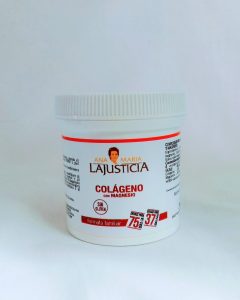
2. Turmeric Curcumin with Black Pepper- The ultimate anti-inflammatory would also be useful in instances where there is swelling.
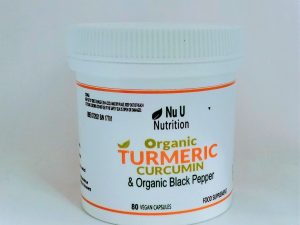

Knowledge is power. We believe in helping prospective buyers make an informed decision before purchase. We also invest time on researching quality supplements with a proven record that will show results to my esteemed clients.
